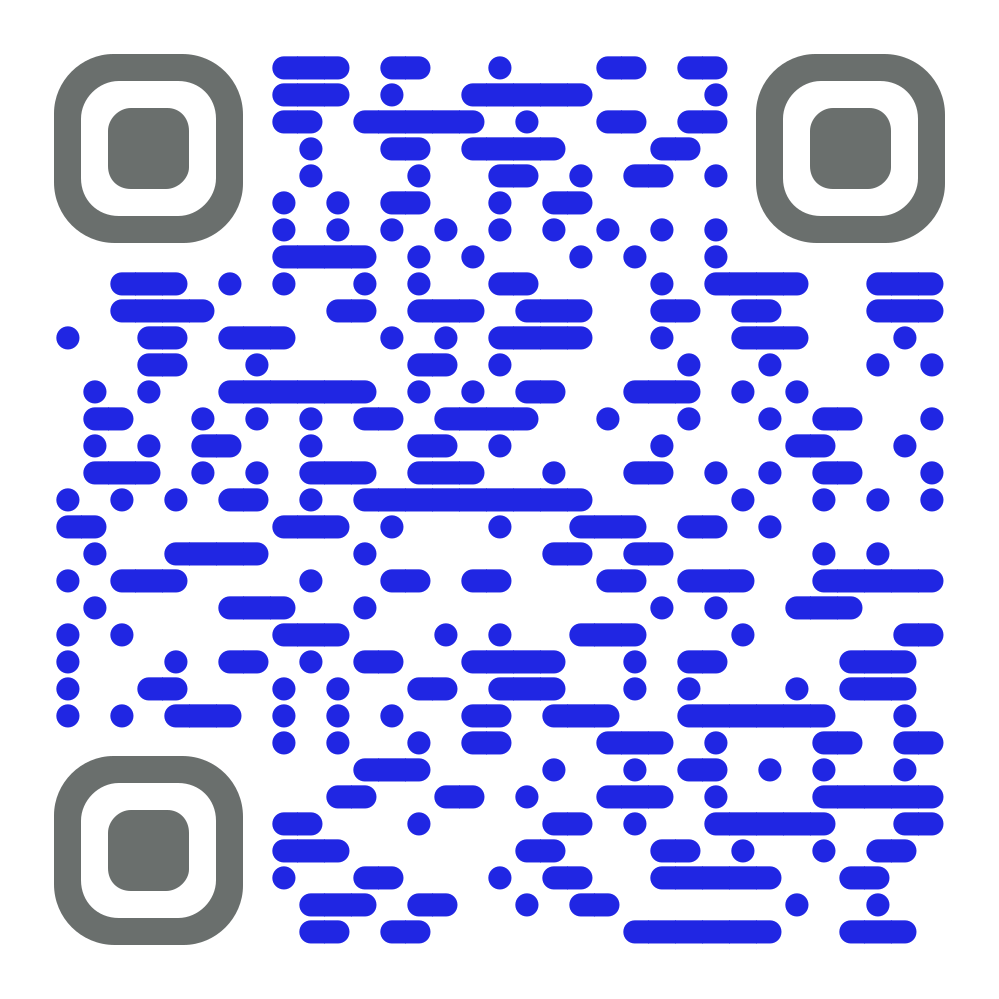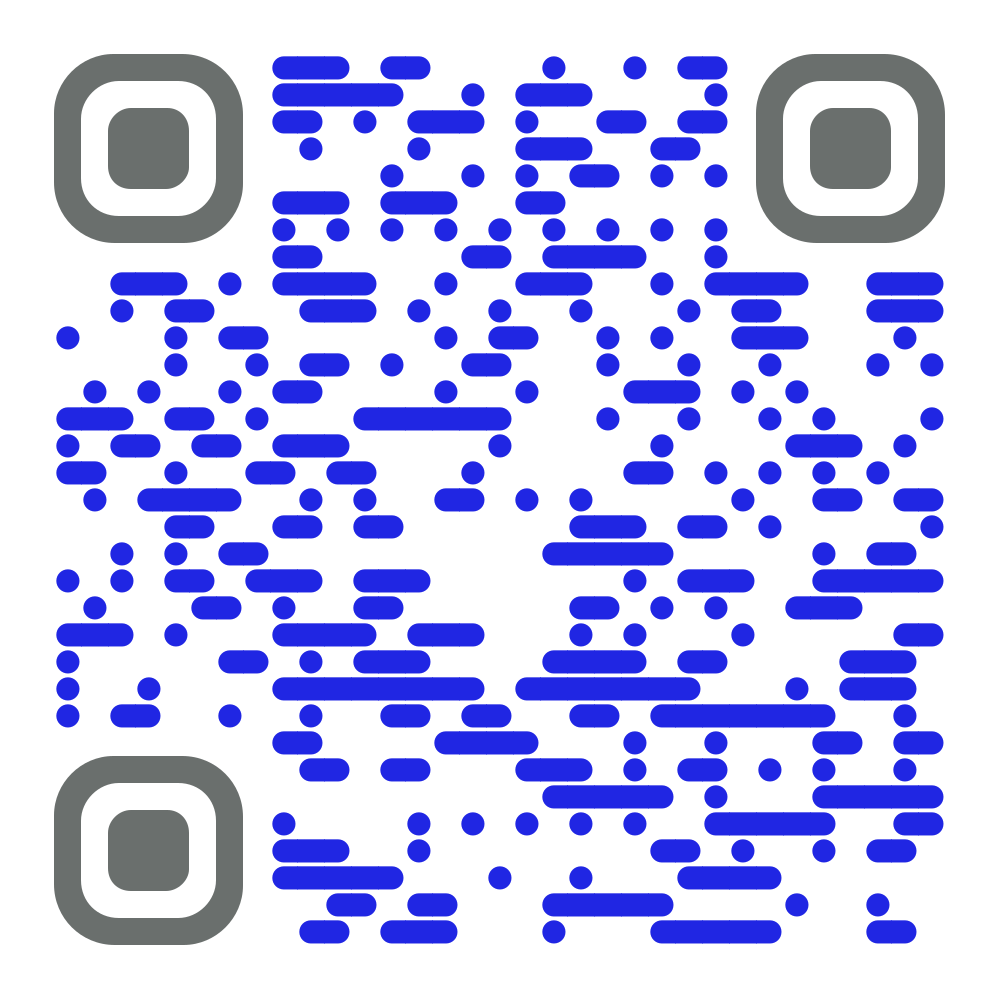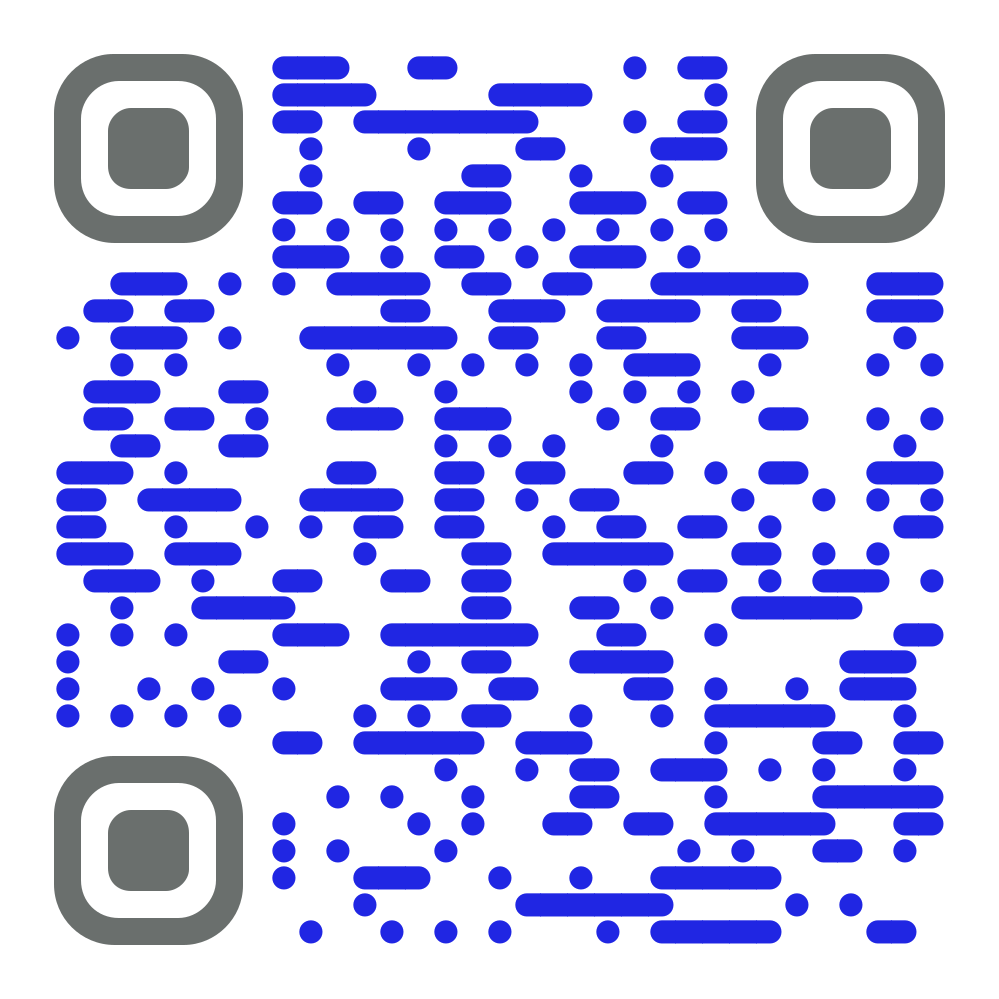Instructions
Each of the following pieces has a participatory component featuring motion-controlled electronic sound generated on and played from mobile devices. In a concert, the audience is invited to take out their phones and navigate to a website I built, which allows them to control sounds by shaking or tilting their devices. Here's how you can play along with the recordings on this page:
1. Open this site (ryancarter.org/interactive-works) on a device that is NOT your phone.
2. On your phone, open the interactive site listed below that corresponds to the particular piece you're about to play. When the site has finished loading, tap the "complete setup" button.
3. Practice! (Practicing is optional, but the participatory site that you've loaded on your phone has two practice modes that correspond to the two modes of interactivity in this piece.)
4. When you're ready to play, start playing the recording below the QR code at exactly the same time that you tap the "start" button on your phone.
Concerto Molto Grosso (for audience and orchestra)
Concerto Molto Grosso (for audience and orchestra) was commissioned and recorded by the Boise Philharmonic.
You can access the interactive site by typing the address (ryancarter.org/bp3) directly into your phone's browser or by scanning the following QR code on your phone:

Direct Attention
Direct Attention (for string quartet and phones) was commissioned and recorded by the JACK Quartet.
You can access the interactive site by typing the address (ryancarter.org/jack2) directly into your phone's browser or by scanning the following QR code on your phone:

My work as a composer often considers the impact of emerging technologies on our experience of music. Since 2011, I've developed mobile applications that create sound from code, allowing listeners to interact with specific aspects of the sound as it synthesizes. I've also found myself spending a lot of time with my own phone over the last few years, increasingly relying on it as a tool for social interaction. So I've been thinking about social media and how there are things about it I like and things I don't like so much, and I decided to read a book by Jaron Lanier, one of my favorite technology critics. Lanier has worked at the forefront of new digital technologies for decades – he is considered one of the inventors of virtual reality – and his recent book Ten arguments for deleting your social media accounts right now offers trenchant critique of the underlying business model that drives social media. (It’s a great book to read, even if you don’t plan to delete your accounts, but you just want to think critically about social media use.) One quote in particular points to the appeal of attending live musical performances: “If you share a space with people who aren’t looking at their smartphones, you are all in that space together. You have a common base of experience. It can be an amazing feeling, and it’s a big reason why people go to clubs, sports events, and houses of worship.”
Direct Attention is a piece for string quartet and motion-controlled interactive sounds that are played from the mobile devices of the audience. All audience members are invited to participate. You will be able to control certain aspects of the sound by tilting or shaking your device; there is no interaction with the screen other than tapping a “start” button and occasionally glancing to see whether to “tilt” or “shake” your device, though you could also just experiment to find out what moving your device will do. This work seeks to reposition the phone from a tool for remote interaction to a musical instrument that requires no experience to play and supports the communal experience of hearing music in concert.
The title is a reference to another quote from Lanier (who is well enough established in the field to speak quite candidly): “If ordinary people were to get all happy and satisfied, they might take a moment away from the obsession with social media numbers and go frolic in the flowers or even pay direct attention to each other. But if they’re all on edge about whether they’re popular enough, worried about whether the world is imploding, or furious at morons who are thrust into the middle of their connections with friends and families, then they dare not disengage. They are hooked because of provoked natural vigilance. We in Silicon Valley like to watch the ants dig harder into their dirt. They send us money as we watch.”
Motion Access
Motion Access (for quartet and phones) was commissioned and recorded by Hub New Music.
You can access the interactive site by typing the address (ryancarter.org/hub2) directly into your phone's browser or by scanning the following QR code on your phone:

Perhaps briefly the internet was made entirely of cats. These cats were free to view, and maybe that was the problem. With the best of intentions, early decisions shaping the architecture of the internet privileged openness and free access to these new technologies, but building the web is hard work and the people developing it needed to somehow get paid. The conventional solution has been to fund web development through advertising. Advertisers quickly realized that marketing on the web can target individuals much more precisely than traditional media like newspapers or television. So an entire industry was built around extracting as much data as possible from internet users, toward the goal of gaining a maximally full portrait of a prospective customer.
Like many composers today, my music frequently addresses how emerging technologies effect our experience of music. My program notes tend to function less as a listening guide to a piece and more as a snapshot of what was on my mind as I composed the work. Since 2011 I’ve composed motion-controlled interactive electronic music for mobile devices, beginning with iMonkeypants (an iOS app album that I released in 2012). This music is generated from code that incorporates data from a phone or tablet’s built-in accelerometer, which reports the position in which the device is being held. As a result, listeners can shape the sound by tilting their phones as the music plays. For the last two years, I’ve been working on building a web-based platform for similar interactivity, inviting audience participation from concertgoers who don’t need to prepare for the performance in any way (or even know in advance that they will participate). This relies on accessing accelerometer data within a mobile web browser, which worked fine until last March.
With the release of iOS 12.2, Apple restricted access to motion sensor data in the mobile version of Safari by adding a privacy setting called “Motion & Orientation Access,” which is off by default. As it turns out, advertisers had begun using this data in an attempt to infer browsing history, which can be used to refine targeted marketing because a visitor to some type of website may be more amenable to a certain kind of advertisement on another website. In an article called “Privacy Implications of Accelerometer Data: A Review of Possible Inferences,” Jacob Leon Kröger, Philip Raschke, and Towhidur Rahman Bhuiyan write “[c]alibration errors in accelerometers, which are caused by imperfections in the manufacturing process, have been found sufficient to uniquely identify their encapsulating device. Such a ‘fingerprint’ can be used, for instance, to track users across repeated website visits, even when private browsing is activated and other tracking technologies, such as canvas fingerprinting or cookies, are blocked.”
I promise I’m not using your data in any nefarious way (you can see the code here). In fact, I prefer building my own websites from scratch and distributing my work on them to avoid advertising entirely. I’m just trying to make fun interactive music. But art can also exist to push us beyond our comfort zones and to broaden, reorient, and recontextualize our understanding of the rapidly evolving technologies we use so frequently.
© Ryan Carter 2022